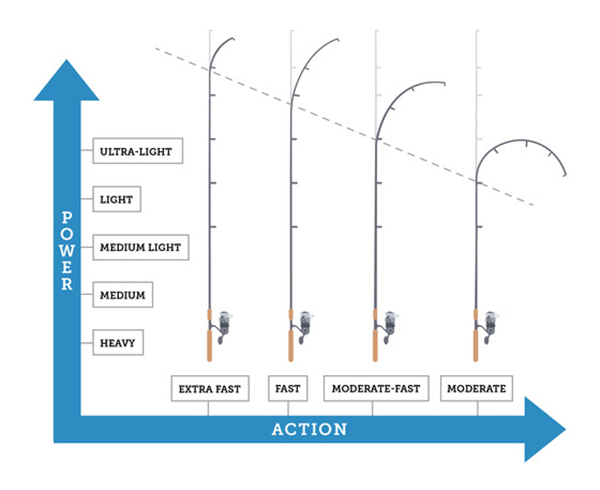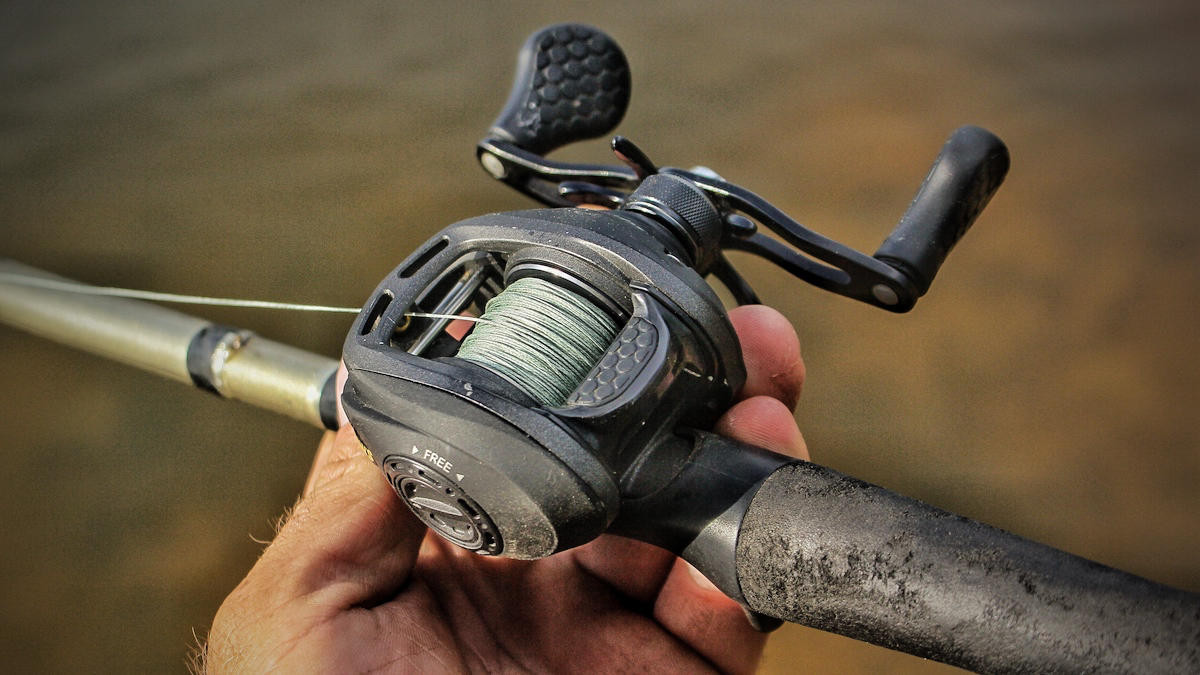Crappie fishing is a popular pastime for anglers of all skill levels, thanks to the fish’s abundance, willingness to bite, and the challenge of catching them in various environments. To maximize success, having the right equipment is essential. This article details the necessary components for an effective crappie fishing setup, providing guidance on everything from rod and reel selection to specialized rigs and electronics.
Table of Contents
ToggleChoosing the Right Rod
The rod is one of the most critical components of your crappie fishing setup. When selecting a rod, length and action are important considerations.
- Length and Action: Crappie rods typically range from 6 to 12 feet in length. Shorter rods around 6 to 7 feet are ideal for casting and working tight areas like docks or dense vegetation, while longer rods, 9 to 12 feet, are preferred for techniques like vertical jigging or spider rigging, which require reaching deeper water or covering more area. The action of the rod should be light or ultralight, providing the sensitivity needed to detect the often subtle bites of crappie. A fast action tip is also useful for quick hooksets.

- Material: The material of the rod impacts its sensitivity, strength, and flexibility. Graphite rods are favored for their sensitivity and lightweight feel, making it easier to detect bites. However, fiberglass rods offer more durability and flexibility, which can be advantageous when battling larger crappie or fishing in areas with heavy cover.
Selecting the Ideal Reel
Reels are equally important and should be chosen to complement your rod and fishing style.
- Spinning Reels: For crappie fishing, spinning reels are the most popular choice due to their ease of use and versatility. A reel with a smaller size, typically between 1000 and 2500, is ideal. These sizes balance well with light rods and offer smooth operation for handling light lines. Look for a reel with a high gear ratio (5:1 or higher) to help quickly retrieve your line, especially when fishing in deeper waters.
- Baitcasting Reels: While not as common for crappie fishing, baitcasting reels can be useful in specific situations, such as when targeting larger crappie in heavy cover where more control and power are needed. However, spinning reels remain the go-to for most crappie anglers.

- Line Selection: The line you spool onto your reel plays a significant role in your success. Monofilament lines in the 2 to 8 lb test range are a common choice for crappie fishing, offering the right balance between strength and sensitivity. Braided lines, while more visible, can be advantageous when fishing around structure due to their durability and lack of stretch. However, pairing a braided line with a fluorocarbon leader can mitigate visibility issues while maintaining strength.
Understanding Hook and Lure Selection
Hooks and lures are the business end of your fishing setup and must be chosen with care.
- Hooks: For crappie, smaller hooks in the size 2 to 6 range are generally recommended. These sizes are small enough to effectively catch crappie, which have relatively small mouths, yet strong enough to secure the fish once hooked. It’s crucial to use sharp, high-quality hooks to ensure good penetration and prevent the fish from slipping off.
- Lures: Crappie are known for their preference for a variety of lures, with jigs being the most popular. Jigs can be used with soft plastic bodies in various colors and sizes, typically 1/16 to 1/8 ounce. Colors should be selected based on water clarity, with brighter colors like chartreuse or white working well in stained water, and more natural colors like silver or gray in clear water. Crappie also respond well to small crankbaits, spinners, and even tiny spoons, particularly when they are feeding aggressively.

- Live Bait: Live bait, particularly minnows, is another highly effective option for crappie fishing. Minnows can be rigged under a bobber or used with a simple hook and weight setup. Other live bait options include worms and insects, though minnows remain the preferred choice for many anglers.
Crappie Fishing Rigs and Techniques
Selecting the right rig can make a significant difference in your crappie fishing success.
- Basic Rigs: Common crappie rigs include the bobber rig, drop shot rig, and slip sinker rig. The bobber rig is a simple and effective way to suspend your bait at a specific depth, which is especially useful when crappie are schooling at a particular water column. A drop shot rig allows you to keep your bait close to the bottom, while a slip sinker rig is versatile and can be used in a variety of fishing conditions.

- Advanced Techniques: Techniques such as spider rigging, long-lining, and vertical jigging are more advanced methods that can increase your catch rate. Spider rigging involves using multiple rods spread out to cover a larger area, while long-lining is a trolling method that allows you to cover water quickly. Vertical jigging is highly effective in colder months when crappie are holding tight to structure.
Electronics and Accessories
In modern crappie fishing, electronics and accessories play an increasingly important role.
- Fish Finders: A fish finder is an invaluable tool for locating schools of crappie. These devices use sonar to detect fish and provide detailed images of the underwater environment, helping you identify where crappie are holding. Look for fish finders with high resolution and GPS capabilities to mark productive spots and navigate the water efficiently.
- Additional Accessories: Other useful accessories include rod holders for techniques like spider rigging, bait buckets to keep live bait fresh, and live wells to store your catch. Additionally, using a small landing net can make landing crappie easier, especially when dealing with larger fish.

Setting up the right equipment is crucial for successful crappie fishing. By carefully selecting the appropriate rod, reel, hooks, lures, and accessories, you can significantly increase your chances of landing more crappie on your next fishing trip. Whether you’re a beginner or an experienced angler, understanding and investing in the right gear will make your crappie fishing experience more enjoyable and productive.

Robert Smith is the proud owner of Bait Barrels and Bows, a premier fishing sports store established in 1989. With over three decades of experience in the industry, Robert has honed his skills to become an expert angler, sharing his vast knowledge and passion for fishing with enthusiasts around the world. Through his store and writings, Robert provides invaluable tips and guidance, helping both novice and seasoned anglers improve their techniques and enjoy the sport to its fullest. His commitment to the fishing community is evident in his dedication to quality products and excellent customer service.

